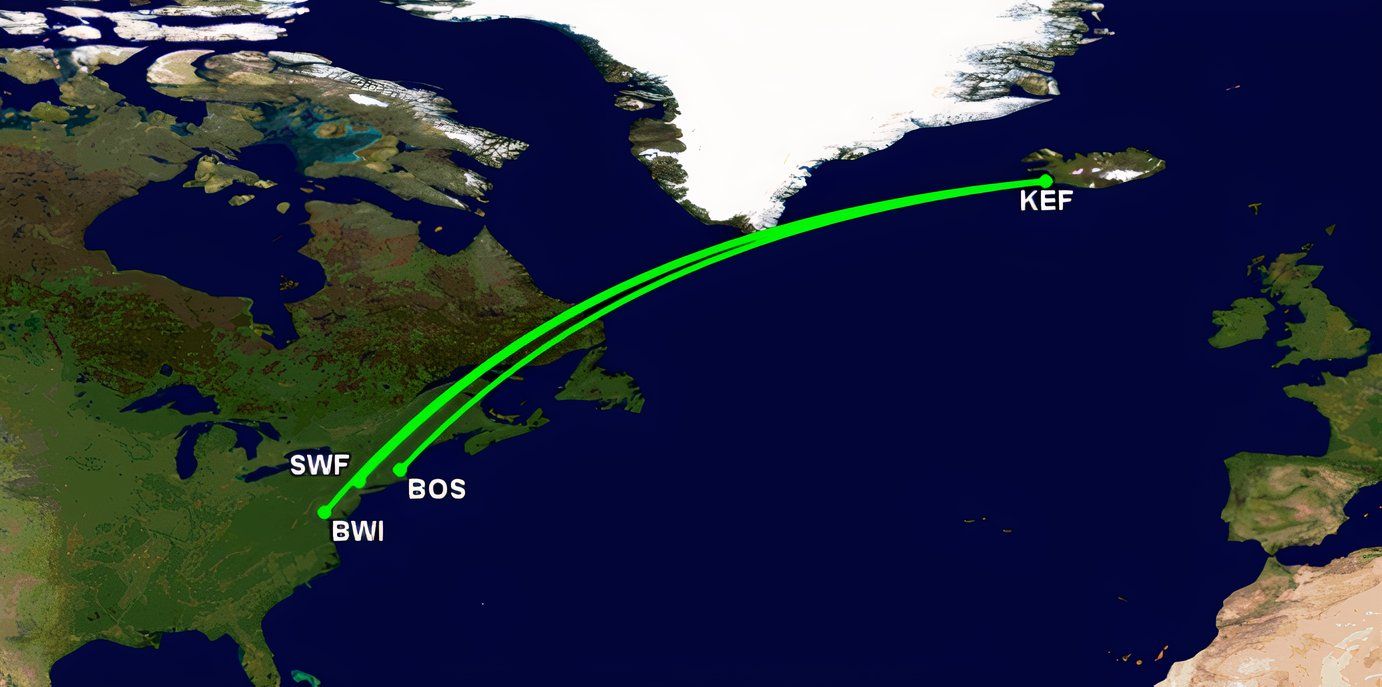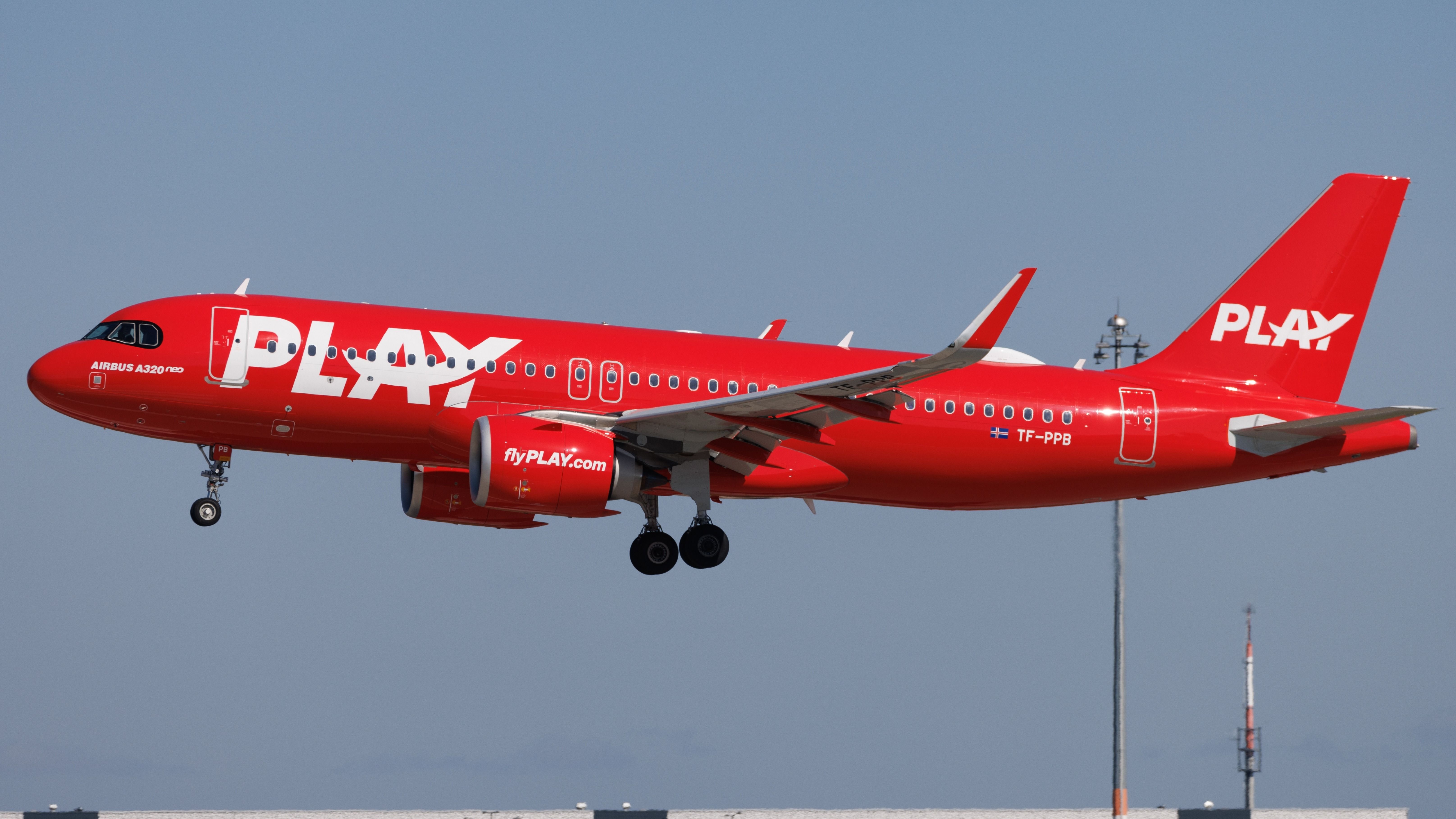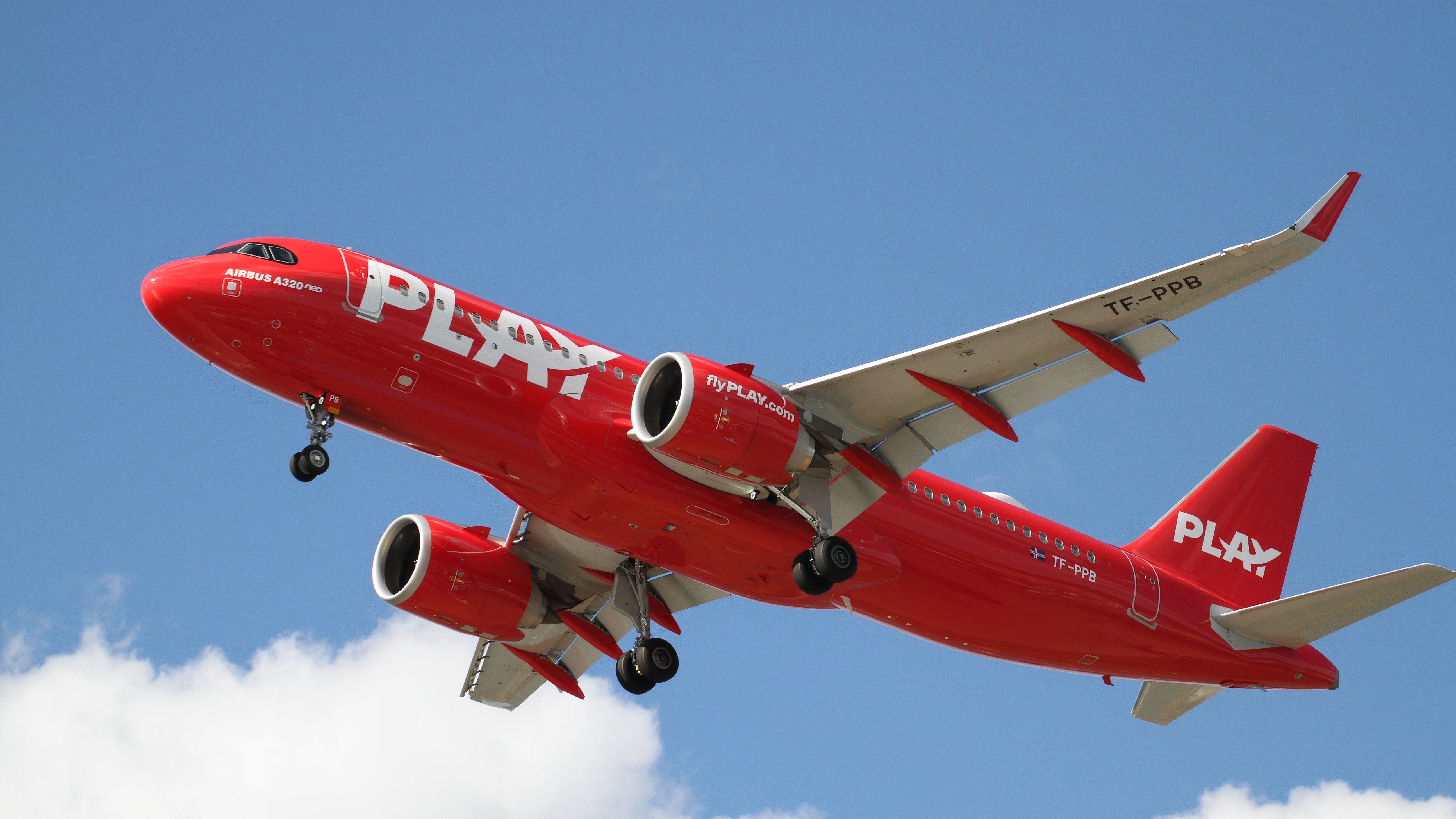Confirmed: This European Airline Is Ending All US Flights
The Icelandic carrier听听has confirmed that it will end its three remaining North American routes and therefore pull out of the continent. This process started earlier,听, followed by Hamilton, which it served for Greater Toronto, in April 2025. PLAY has also reduced frequencies on its remaining links, while downgauging aircraft to the Airbus A320neo as its A321neos have been retired.

- Launch Customer(s)
- Manufacturer
- Aircraft Type
- First Delivery
- January 20, 2016
North America is part of PLAY's hub and spoke operation,听. The carrier has previously said the market is highly seasonal, oversupplied with capacity, and increasingly competitive, all of which means lower yields. Instead, it'll concentrate on leasing and Southern European leisure markets, which revolve around low-frequency point-to-point operations and听. Its Maltese air operator's certificate will enable opportunities elsewhere,听.
PLAY Will Cease All Remaining US Routes
 Image: GCMap
Image: GCMap
The low-cost carrier currently has three US routes, as outlined below. Its final departure will be from Keflavik to Baltimore on October 24. Poetically, this was its inaugural North American route three-and-a-half years ago, in April 2022. I have fond memories of being on the first flight.
听
. Its exit means the airport will again have no international operator,听. PLAY's first flight to the New York airport occurred in June 2022 and has operated year-round ever since. Frequencies were usually daily, except in winter and more recently in the summer. The Faroe Islands' Atlantic Airways operated in 2023 and briefly in 2024.
Last Flight On... | Keflavik To... | Frequencies | Does Another Airline Operate? |
|---|---|---|---|
September 1 | Stewart | Four to six weekly | Not to Stewart, but Icelandair serves New York JFK (double daily in the summer, 10 weekly in the winter) and Newark (daily); Delta serves New York JFK (daily summer seasonal), United serves Newark (daily summer seasonal) |
September 13 | Boston | Four to six weekly | Yes: Icelandair (20 weekly in the summer, 10 weekly in the winter) |
October 24 | Baltimore | Daily | Yes: Icelandair to Baltimore (daily, increasing to double daily next summer,听) and to Washington Dulles (mainly double daily in the summer, daily in the winter) |
How Did The 3 Routes Perform In The Year To February 2025?
 Photo:听Kevin Hackert | Shutterstock
Photo:听Kevin Hackert | Shutterstock
According to the US Department of Transportation, PLAY carried听265,600 round-trip passengers听on its three remaining US routes. They accounted for about 13% of all Iceland-US-Iceland traffic, so they were relatively insignificant. Booking data suggests that approximately eight in 10 PLAY passengers only traveled to/from Keflavik. They didn't connect elsewhere.
PLAY filled an average of听88% of seats, four percentage points higher than the average of all operators combined. Load factors are just one part of the route performance puzzle and should not be considered in isolation. It is always about听how听they were achieved. Unless costs are sufficiently low or yields high enough, a strong result means relatively little in itself. After all, PLAY is ending all three routes due to them being loss-making.
听
Keflavik To/From | Round-trip PLAY Passengers (March 2024 To February 2025) | Seat Load Factor |
|---|---|---|
Baltimore | 87,900 | 89% |
Boston | 89,700 | 87% |
Stewart | 88,000 | 88% |
听
It's the end of an era (of sorts).
This Was Iceland's Busiest US Route...
 Photo: Wirestock Creators | Shutterstock
Photo: Wirestock Creators | Shutterstock
In the year to February, Delta, Icelandair, PLAY, and United all flew between Keflavik and the US. The US DOT shows they carried approximately听2.1 million passengers. This includes everyone: those who only flew locally, those who connected to another flight in Iceland, those who transited to another service in the US, etc.
When all carriers and routes are combined, more passengers flew between听Keflavik and Boston听than anywhere else. Some 351,000 people did so. However, with only an 81% load, there was too much capacity, unless yields were sufficiently high to offset this. Of course, this is at the airport level. If Greater New York is considered, New York JFK and Newark had 353,000 passengers, while Greater Washington DC (Baltimore and Dulles) had 377,000 passengers.
